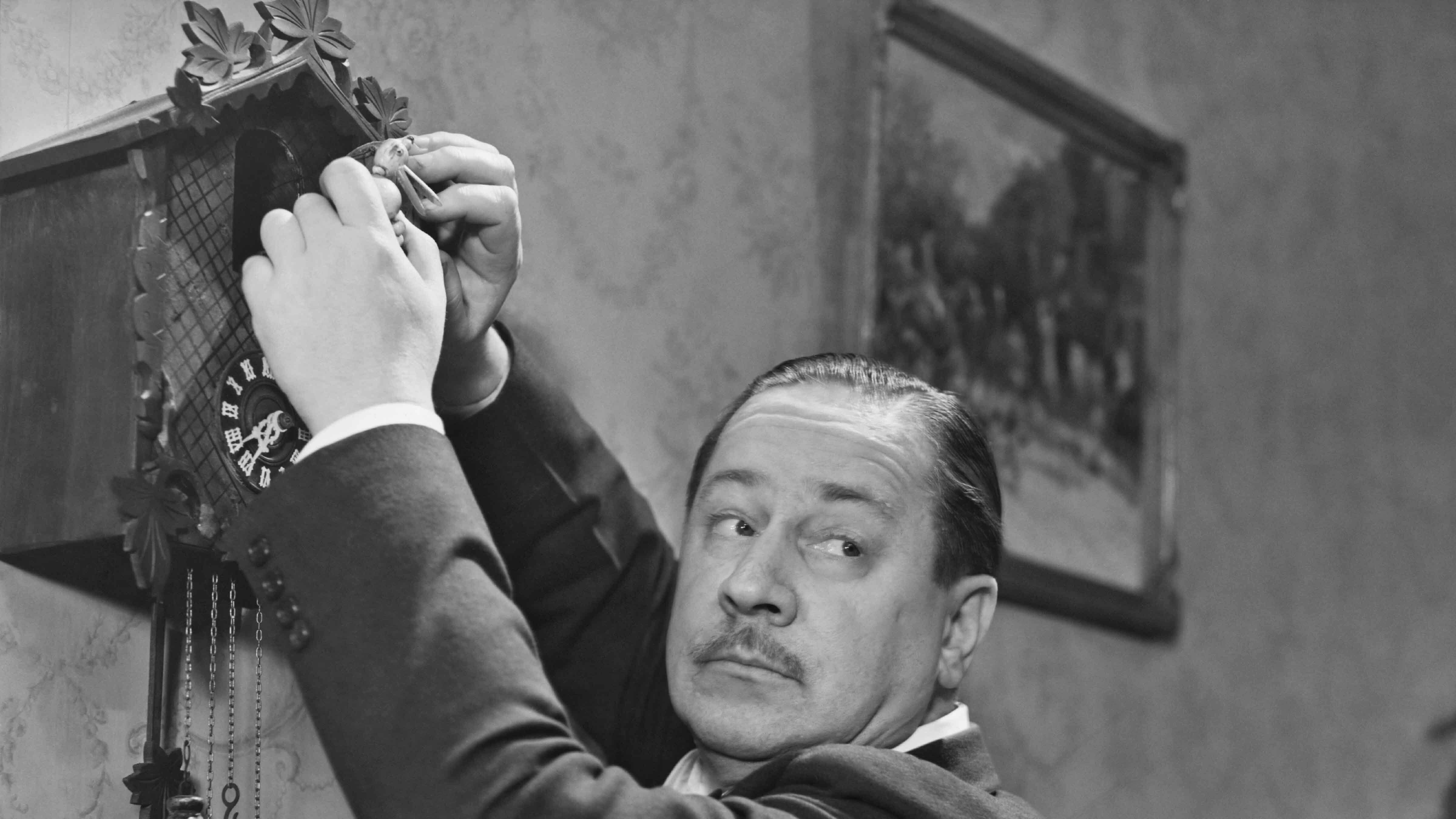Dear editor:
The pros and cons of changing clocks by 1 hour twice a year have been discussed since DST’s inception over a hundred years ago.
There is currently (and has been for years) an effort in the U.S Congress (and others) to stay permanently on DST.
I would like to offer an alternative to this dilemma.
With the advent of computer controlled clocks perhaps simply change the time gradually back and forth over the entire year.
Every hour our clocks would change .821917808 seconds in one direction for 6 months and then .821917808 seconds in the reverse direction for 6 months. This equals 19.72603 seconds per day.
This clock adjustment could occur every hour (the .82 seconds) (being not noticeable) or at midnight every day (the 20 seconds), being barely noticeable by most humans unless one was staring at the clock at that time.
Over time all clocks should have evolved to smart clocks.
There may be other ways to achieve this smooth transition, but I am trying to introduce a concept and promote dialog.
A thought to ponder: Why just one hour every 6 months (probably for convenience)? How about 1.22 hours (≈73 minutes), which is equal to one second per hour.
The point is to make a smooth optimal transition to maximize daylight hours for most human waking hours with minimal abrupt change of time.
This same concept could be applied to time zones.
Sincerely,
John Lunbeck





